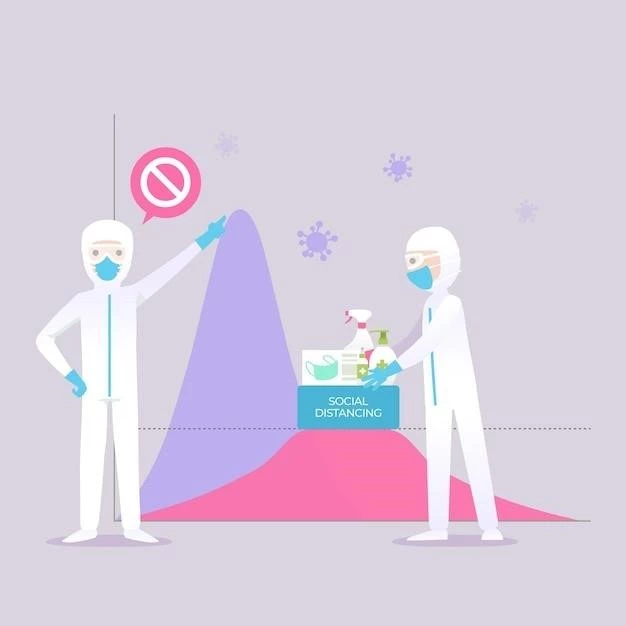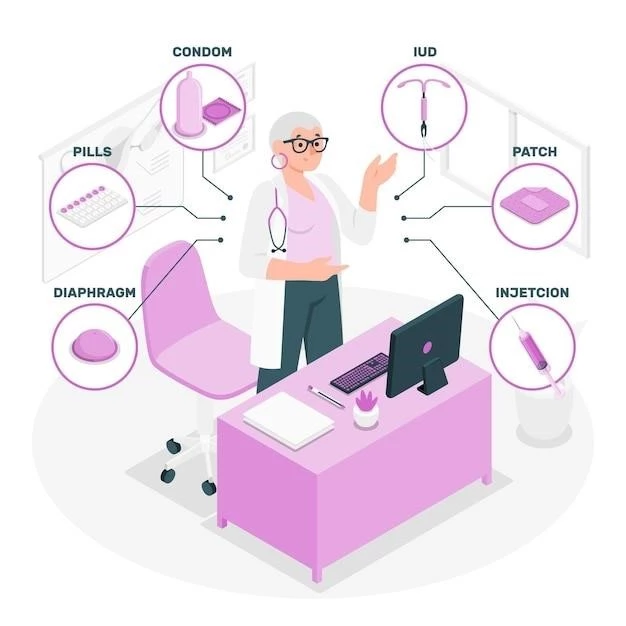Tacrolimus⁚ Understanding Side Effects and Risks
Tacrolimus can cause common side effects like tremors‚ headaches‚ and high blood pressure.
Common Side Effects
Common side effects of tacrolimus include nausea‚ diarrhea‚ and increased risk of infections. It may also lead to changes in kidney function and glucose levels.
Rare but Serious Risks
Rare but serious risks associated with tacrolimus include liver damage‚ seizures‚ and allergic reactions. It can also lead to an increased risk of certain cancers‚ such as skin cancer.
Tacrolimus⁚ Drug Interactions to be Aware of
Be cautious of interactions with drugs like ketoconazole‚ erythromycin‚ and grapefruit juice.
Potential Interactions
Tacrolimus can interact with medications like cyclosporine‚ certain antibiotics‚ and antifungal agents. It is essential to monitor and adjust dosages accordingly to prevent complications.
Impact on Tacrolimus Levels
Some medications can impact tacrolimus levels in the blood‚ potentially leading to toxicity or reduced effectiveness. Regular monitoring and dose adjustments are crucial to maintain therapeutic levels.
Tacrolimus⁚ Importance of Monitoring for Infections
Regular monitoring for infections is vital due to the immune system suppression caused by tacrolimus.
Immune System Suppression
Tacrolimus suppresses the immune system to prevent rejection after transplants‚ increasing the risk of infections. It is crucial to monitor for any signs of infection promptly.
Tacrolimus⁚ Preventing Rejection in Transplant Patients
Tacrolimus plays a vital role in preventing the immune system from attacking transplanted organs.
Role in Immunosuppression
Tacrolimus is crucial in immune system suppression post-transplant to prevent the body from rejecting the new organ. Close monitoring is essential to balance effectiveness and minimize side effects.
Tacrolimus⁚ Topical Use for Eczema Treatment
Learn about the application and benefits of using tacrolimus topically for eczema treatment.
Application and Benefits
Tacrolimus applied topically for eczema can help reduce itching‚ redness‚ and inflammation. It is particularly beneficial for patients who haven’t responded well to other treatments.

Tacrolimus⁚ Sun Sensitivity and Cancer Risk
Understand the risks associated with sun sensitivity and potential cancer risks with tacrolimus.
Sun Sensitivity
Using tacrolimus may increase sensitivity to sunlight‚ making it essential to protect your skin from UV rays and minimize sun exposure to prevent skin damage.
Cancer Risk
Tacrolimus use may be associated with an increased risk of skin cancer‚ including squamous cell carcinoma and melanoma. Regular skin screenings and sun protection are crucial for individuals on this medication.
